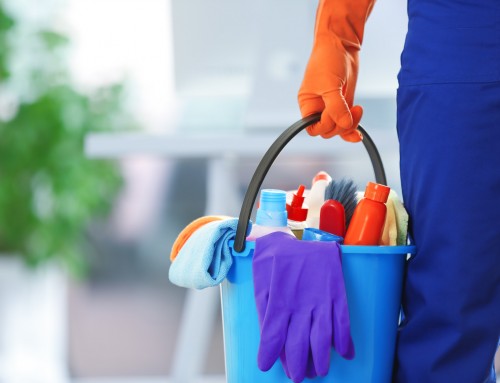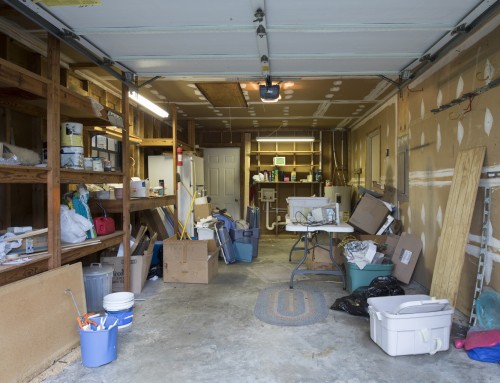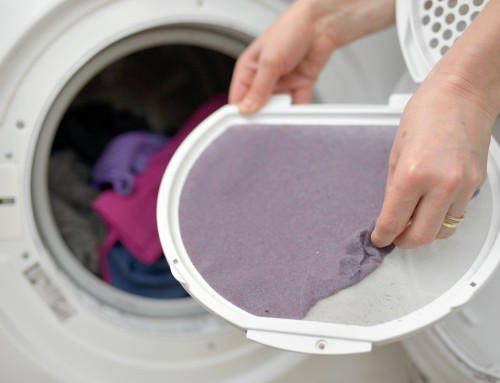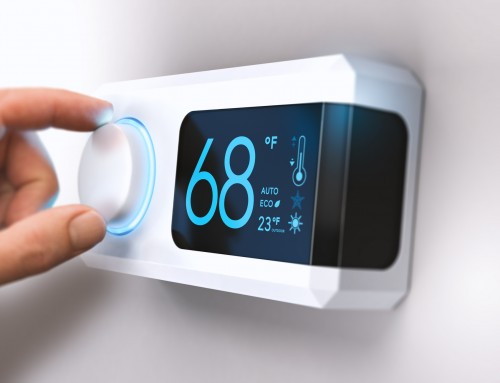Living with asthma can be frustrating and debilitating. Unfortunately, 1 in 13 people deals with this respiratory condition.
If you or someone in your home suffers from asthma, you’re probably familiar with inhalers and nebulizers. These devices are great for calming an attack, but you need to take steps to create a healthy environment in your home. This means getting rid of triggers.
Asthma triggers are materials or conditions that cause an attack. They include things like pollen, smoke, and mold.
Putting in a little extra work to reduce asthma triggers in home settings will allow you and everyone in your family to breathe easy. Let’s go over some ways to clear the air.
Eradicate Dust Mites
You can’t see these pesky bugs, but there’s a good chance you’re surrounded by them. Dust mites are microscopic insects that live and flourish in dust. They’re one of the most common asthma triggers.
Dust mites feed on dead skin cells, which means a family home is a perfect environment for them. They tend to flock to bedrooms and living areas. They like to live in bedding and upholstered couches.
To keep them at bay, you’ll need to stay on top of vacuuming and dusting. Make sure you use a damp microfiber cloth to prevent spreading dust to other areas.
Wash all bedding every two weeks at the very least. You can also purchase mattress covers that protect against mites.
Finally, wash all rugs and take a vacuum cleaner to curtains. This may seem like overkill, but these creatures are persistent.
Get Rid of Mold
Another common asthma trigger is mold and the spores they produce. It grows and spreads in areas prone to moisture, such as bathrooms, kitchens, and basements.
Mold spores can get into your HVAC system and travel to other areas of your home. That’s why it’s important to take care of the problem at the source.
A daily preventative step is to open bathroom windows while showering. This prevents the buildup of moisture due to steam.
Clean your tubs, toilets, and showers weekly using a disinfectant spray. You should also keep your kitchen as clean and dry as possible.
If you suspect you have a leaking pipe or water damage behind a wall, you’ll need to address it immediately. A plumber may need to get involved to find the source of the moisture.
Solve Your Pest Problem
Aside from dust mite, other pests can trigger allergies. Both rodent and cockroach droppings can bring on an attack.
If you feel you have an infestation, you’ll need to call an exterminator right away. They can kill the pests that have infiltrated your home and also find out how they’re getting in.
You can also take steps to reduce the chance of attracting more pests. Not only will this help stop allergy-related asthma attacks, but it’ll also make your home sanitary.
Make sure to keep your kitchen as clean as possible. Crumbs and other food particles will attract pests. You should also store dry foods like cereal in Tupperware containers.
Only use garbage cans with lids that seal tightly. This will help contain odors and keep pests away.
Dealing With Pets
If you own cats or dogs, you know how easily their fur can spread throughout your home. This hair and dander may contain allergens that can trigger asthma problems.
Animal hair usually contains mites that can spread throughout your home. If your pets go outside, pollen can hitch a ride on them when they come inside.
The best way to deal with this problem is to keep your pets as clean as possible. Wash dogs once a week and make sure all pets get brushed.
Pets should never enter the bedroom of a person who has asthma. All asthma sufferers need to wash their hands after petting the animals.
Finally, you need to frequently vacuum floors and furniture to keep hair and dander to a minimum.
Good Air Quality
The air circulating through your home transmits allergens and foreign substances that can trigger an asthma attack. You must take steps to keep the air quality as clean as possible.
Changing the air filter on your HVAC unit once a month is critical. This prevents dust and other particles from circulating through your home.
Make sure the vent on your stove works properly. This ensures smoke gets removed while cooking.
While cleaning your house, open the windows so fresh air can get in. However, avoid doing this if the air quality outside is bad.
If you or someone in your family has issues with allergies in the evening, sleeping with a humidifier in the room can help. Check out online humidifier reviews to ensure you get one that suits your needs.
Home Maintenance
Once you’ve eliminated specific triggers, you need to stay on top of general home maintenance. This will help reduce the chance of asthma attacks and allergies.
As a general rule, try to keep your home as clean as possible. Things like cleaning the kitchen, taking out the trash, and washing bed sheets are crucial.
It also helps to keep your yard clean. Rake leaves in the fall and keep your grass mowed in the summer. You should also consider having pest control performed around the perimeter of your house.
Doing away with cardboard boxes, newspapers, and old magazines will help. These objects attract dust and pests. This less clutter you have, the better.
Have everyone take their shoes off while inside. This prevents dirt, allergens, and other triggers from getting tracked through the house.
Do Away With Asthma Triggers in Home Environments
Your house is where you and your family should feel secure and healthy. If a family member suffers from asthma, they shouldn’t have to worry about triggers affecting them at home.
Use these tips for reducing asthma triggers in home settings and get the peace of mind that your loved ones are safe.
We hope you found this article helpful. For more content regarding health, lifestyle, and beauty, check out the rest of our site.











